Psychology Senior Lecturer
Dr Daniel Farrelly fills us in on the Evolutionary origins of Valentine's Day.
An evolutionary understanding of Valentine's Day
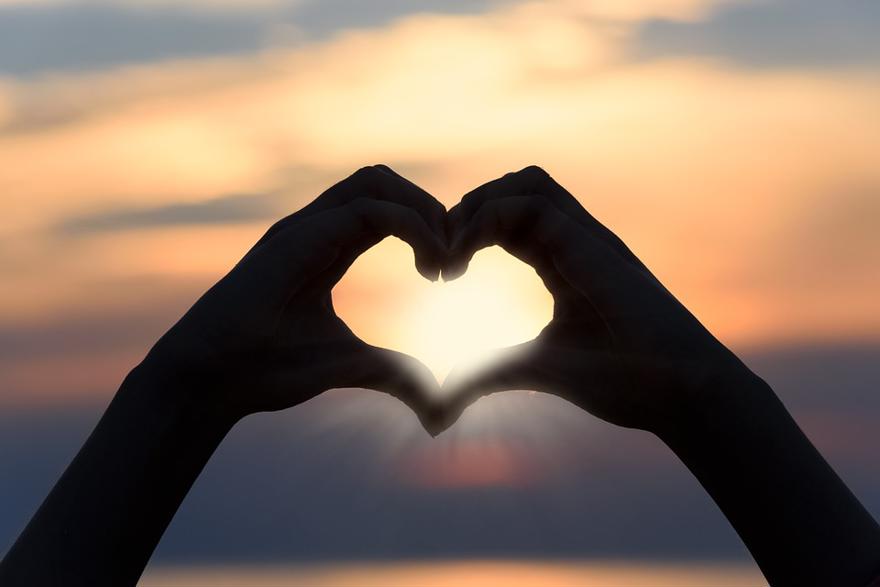
Any trip to the supermarket or watching TV ads in the last week or so should have left you with one clear and resounding message – Valentine’s Day is just around the corner. And if you can see beyond the hearts, cupids, teddy bears, chocolates, etc etc, you’ll appreciate that this opportunity to let our true loves, or our current loves, or our hoped-to-be loves how we feel about them is not just big business, but an important part of our society and our lives.
So why is that? Why is this one day of the year so special? Well I’m going to take an evolutionary approach to explain this phenomenon in this blog, and highlight why it’s based on a much deeper aspect of our nature.
To start with, a good question to ask is do other species have something similar? Now, I don’t mean do they have a special day where they send each other cards and crack open a nice bottle of wine, but can we look at other animals to help understand Valentine’s Day? Here are two examples:
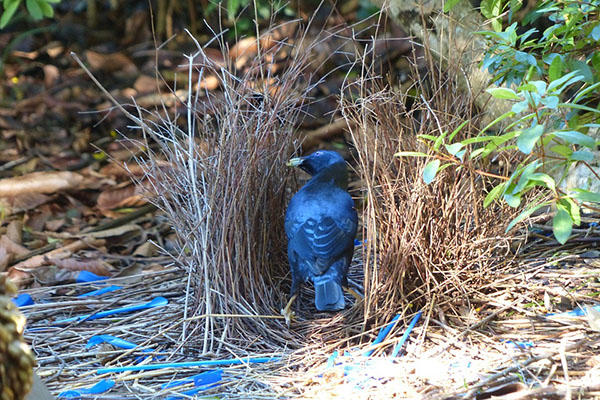
Bowerbirds, found in Papua New Guinea and Australia, are a great place to start. Male bowerbirds construct huge and wonderful houses out of twigs, leaves, berries and any other materials they can find (including plastic straws from nearby fast food restaurants), very carefully making sure that they are beautifully decorated and impressive. Then they sit next to them, and they wait. Female bowerbirds will then pass by each house and inspecting each one, and if they like what they see, they will mate with the bird who built it.
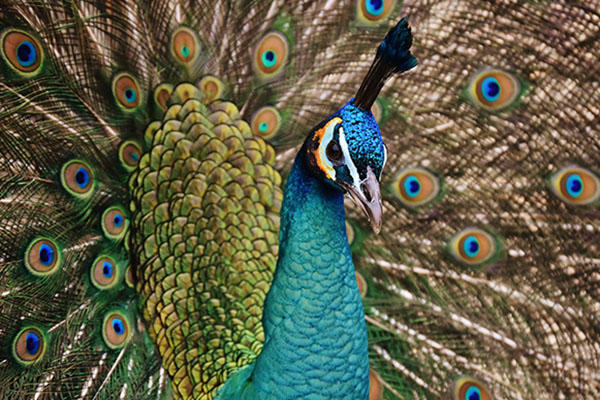
Peacocks have very recognisable and fabulously large and colourful tails that are in fact very difficult and dangerous to own. This is because they take a lot of energy to grow and maintain, and they make flying and moving hard due to their size and weight, meaning that the owner is more likely to be caught by predators. So why do they have them, if it is bad for their survival? The answer is because it is great for reproduction, as peahens are attracted to peacocks with larger tails, simply because it shows off that the owner of that tail has managed to survive despite the large tail, which must mean they are high quality specimens!
Both of these examples involve what known as costly signals, which are signals in nature that are costly to produce, and therefore show off how the signaller can afford the cost. So, the bowerbird is paying a big cost in terms of effort and time and energy to build their magnificent houses, and the peacocks is paying a big cost in terms of physically growing their elaborate tails. Going back to humans and their Valentine’s Day, we can see other costly signals being spent such as expensive engagement rings (with a diamond that should, as a rough guide, cost one month’s wages!), swanky dinners or fancy trips for romantic getaways. These all show off how much cost, in terms of money, we are prepared to pay in order to impress our significant others, and something jewellers, restaurants and hotel owners know only too well and are happy to help with!
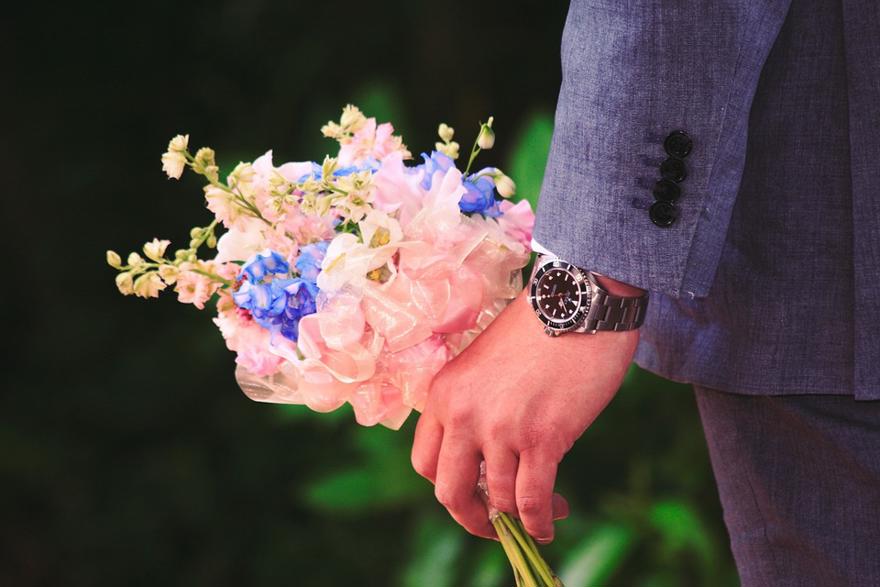
But it’s not always money that needs to be the cost, so gifts that are difficult to produce but inexpensive financially (such as writing a romantic poem or song) can also show a large cost being spent. It’s also all relative, so what might not be a cost for some people will be for others and work just as well, so a simple card and modest box of chocolates may be costly to some people and as a result will have the same desired effect. Remember, on Valentine’s Day it’s the thought that counts!
So, Valentine’s Day traditions have clear similarities with mating in other animal species, which suggests that they are much deeper ingrained in our psychology. But one unavoidable fact about mating displays in the animal kingdom that needs to be noted is that in virtually every single case it is the male of the species who is doing the displaying, and the females who are doing the choosing. Why is this, and is it the same in humans?
To answer that first question, we need to think about looking after our offspring. In mammal species, mothers invest a lot more in caring for their young, as they not only grow them over a long period time and give birth to them, they also provide the vast amount of care after they’re born, and all of their food in the form of milk while they’re young. As a result of the fact that females invest far more in being a parent than males do, they need to make sure that this investment is wisely placed on good quality offspring. This is why females are overwhelmingly the ‘choosier’ sex in nature (as Charles Darwin realised) as they have more to lose than males. Males on the other hand invest much less (and in some species hardly anything at all), and so don’t need to be choosy, they just need to make sure they’re chosen. This is why it is the male Bowers who build big houses and peacocks who grow long tails, as they need to impress the choosy females.
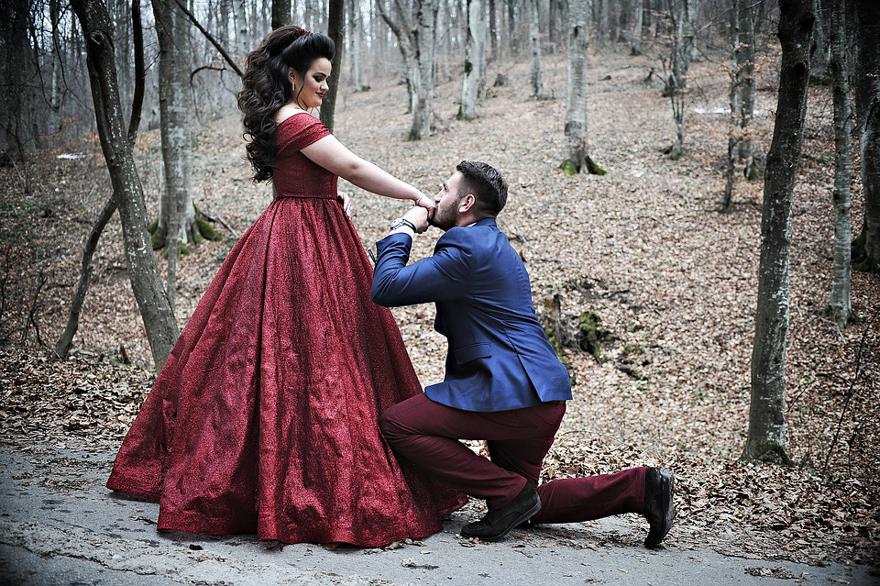
It’s clear that it’s a similar case in humans, as there is also a difference in the amount of investment in children from mothers and fathers. This is reflected in Valentine’s Day behaviours, as it is men who mostly buy engagement rings, pay for expensive dinners, romantic trips, write romantic songs and poetry, court and overall try to impress women with their costly displays.
But, not always. Women also will try to impress others and pay costs to do so, and men certainly can be choosy when it comes to romantic partners. So does this suggest we have overcome our biological origins? Well, not really. Humans are a strange species when it comes to parenting, as fathers invest a lot more in our species than others due to the fact that human babies require a lot (A LOT!) of care and support when young, and is provided from both parents. This means men too need to be choosy when it comes to deciding where to put this investment, and therefore gifts and romantic gestures can work just as well for men as it can women.
Overall, I think that looking at other species and evolutionary explanations around mating behaviour can really help us understand Valentine’s Day, but as with all cases when it comes to human nature we also need to look at what makes us unique. And that’s without even starting to look at how years of cultural influences and traditions have further shaped it. Anyway, enjoy it!
Dr Daniel Farrelly is a Senior Lecturer on the Psychology BSc including a module Evolution and Human Behavior. Daniel's main interests are main interests are in the empirical and theoretical application of evolutionary theory to explain human behaviour and psychological processes.
All views expressed in this blog are the Academic’s own and do not represent the views, policies or opinions of the University of Worcester or any of its partners.